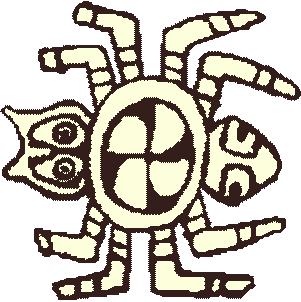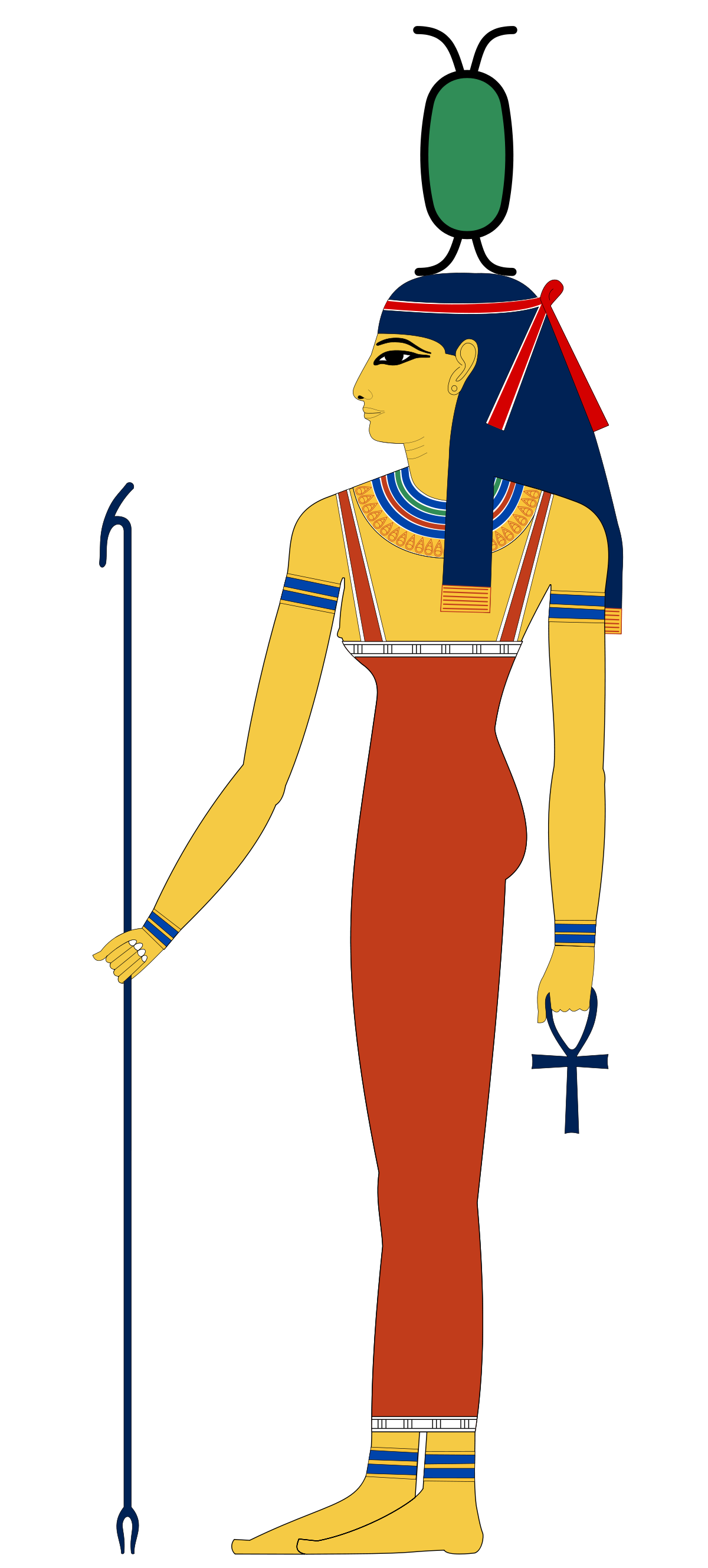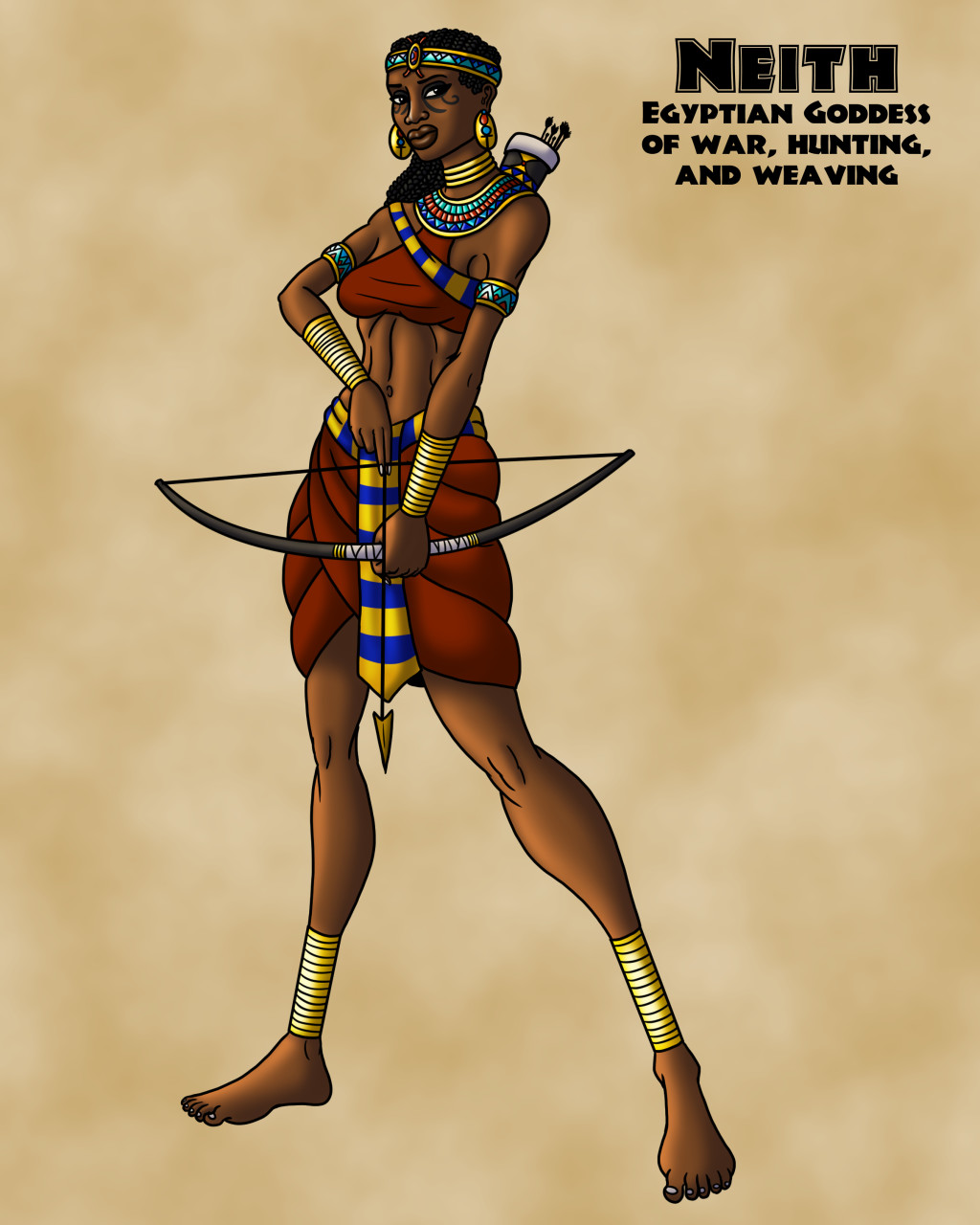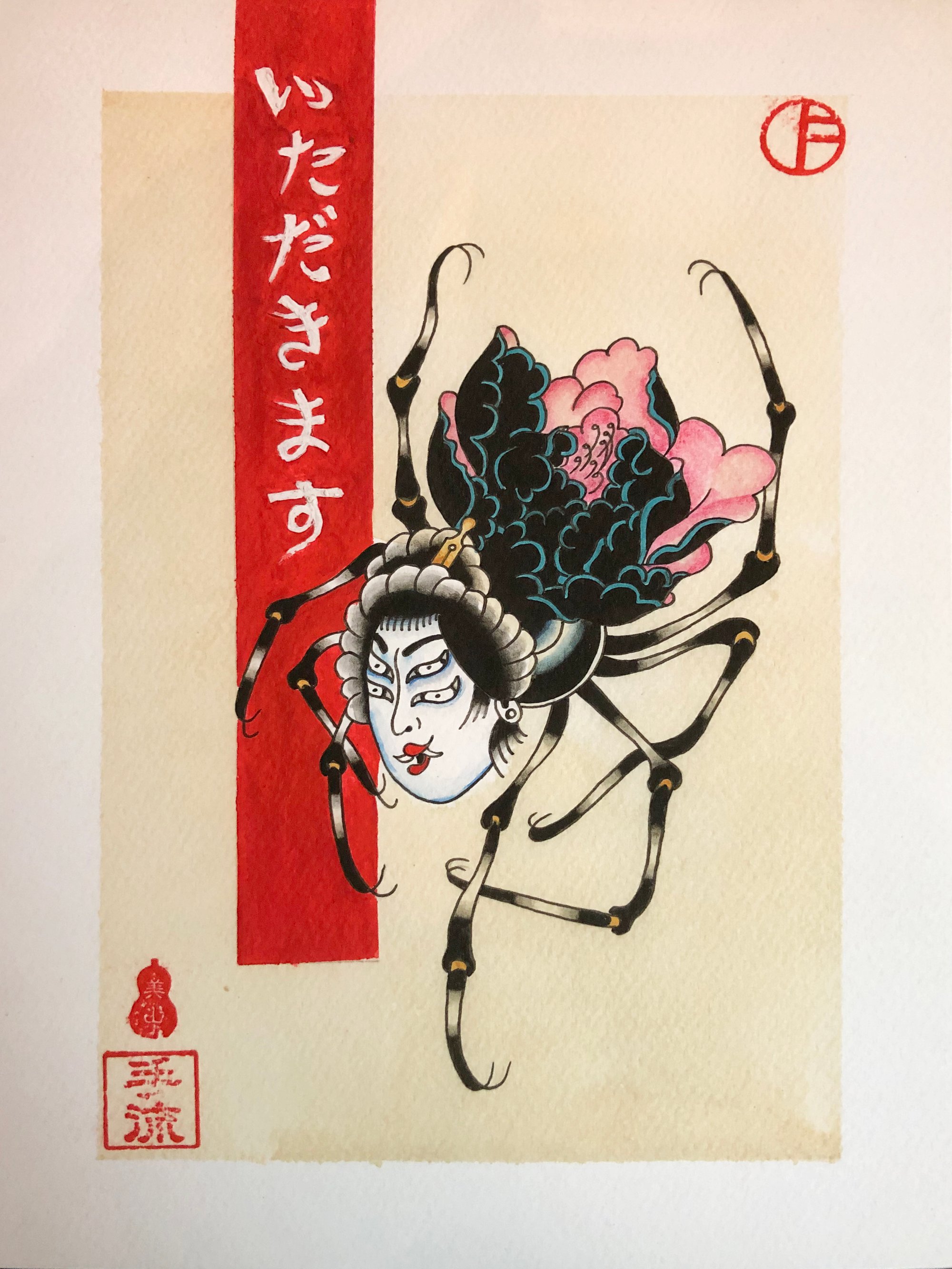The Place of Spiders in Different Cultures

Spiders! The source of many people’s worst nightmares.
Even though they are often thought of as related to concepts such as mischief, malice, and death, they have held an important place in culture throughout history. It’s not only that humankind tends to glorify what they fear, but it’s also spiders’ amazing and inspiring ways to spin webs, their patience, and their ability to create.

The History Begins with Summer
Spiders are associated with a lot of interesting cults and myths.
As Turkish Sumerolog Muazzez Ilmiye Çığ said “The history begins with Sumer’’ – and so does this article. In this case, we begin with Uttu, the weaving goddess in Sumerian mythology. Interestingly, the cuneiform symbol used to write her name is also the same as the symbol used to represent a spider.

The myth tells that which she appears, the goddess Ninhursag warns Uttu to be wary of her own husband, Enki. Enki has seduced his daughters and forced them to have his children. Uttu weaves a net around herself and hides in it but Enki finds her and proposes, giving her fruit and vegetables as a wedding gift. So, Uttu let Enki in. However, Enki then gets drunk on beer and forces himself onto Uttu. She flees to Ninhursag to be saved and she Enki’s sperm from inside her. Ah, the classic fairy tale romance.

The Terrifying One
Another ancient goddess who was connected to spiders is Neith, an early Egyptian Deity. She was referred to as the ‘’terrifying one’’. She is also mentioned in some sources as the first and prime creator. The goddess of water, rivers, cosmos, wisdom, weaving, war, and hunting – she is the most ancient deity related to Egypt. As a weaving goddess (much like Athena), she actually was worshipped as the weaver of fate, there is no doubt why she was associated with spiders.

Here is a modern illustration of her:

Aunt Nancy
Another spider god we find comes from African culture. This time we see a deity, a trickster-god, who is far from the idea of ’weaving’. Anansi, which means spider in Akan, has many different names and descriptions, he is often portrayed as being very clever and cunning. He is also referred to as the god of knowledge and of all stories. Anansi is often one of the most important parts of Western African, African American and Caribbean stories. Some of the names of Anansi can be listed as “Ananse”, “Kwaka Ananse”, “Anansy”. Some of the post-New World namings are “Ba Anansi”, “Nancy”, “Aunt Nancy”.
In more popular culture, you can also find him mentioned in Neil Gaiman’s American Gods and Anansi Boys. Both of which I’d strongly recommend (don’t worry, there aren’t many spiders!).


The Perfect Predator
Not a trickster, but using tricks on men to seduce them, is what Jorogumo was known for. From Asian mythology and often referred to as a Youkai or Japanese creature, She is known as “Mistress of Waterfalls’’. Water is a typical female deity attribute or association and legend has that she is a spider that can shapeshift into a young, beautiful woman. The perfect predator.


Arachne’s guilt
Another spider lady found in Greek mythology, although more likely thought to be of Lydian origin, is Arachne.
A young woman with such impressive weaving skills that she declares herself to be the greatest weaver of all and challenges Athena, the goddess of weaving, to a competition. Athena weaves the scene of her winning a victory over Poseidon while Arachne weaves a tapestry featuring many episodes of infidelity among Gods of Olympus. Athena spiteful nature shows through and, even though her weaving was flawless, she destroys Arachne’s work and curses her to live with extreme guilt.

Eventually, Arachne kills herself, being unable to live in such a way. Athena, full of pity for what she has caused, brings Arachne back from the dead and gift her with a poison, turning Arachne into a spider so she can weave forever.

Gogyeng Sowuhti
In Native American stories, there is often a female soul that takes the shape of a spider. In Hopi Mythology, for example, there is a woman called “Gogyeng Sowuhti’’ who lives underground when she is in spider form, and takes human form to come forth and help people, giving advice and magical medical cures.

The Spider Grandmother
One creation story even begins with the sun god Tawa and the Spider Grandmother, creating Earth and all its creatures and and their souls. However, according to this story, humans can’t understand the purpose of life, so she returns lead us according to the legends. The Spider Grandmother is also known to protect and help humans, as well as to catch misbehaving children in her net and eat them!

Spiders always find their ways into cultures throughout history and across the globe. Even though a lot of people fear them, I’d define myself as a pretty big fan of their complex nature. It’s not hard to imagine why after seeing the way they have inspired and continue to inspire humanity along with many other inspirational creatures, so perhaps it is no wonder that humans have been fascinated with the animals that surround us since the dawn of time – after all, nature leaves surprises and gifts underneath every unturned stone, or behind any wall. Even in the seemingly scariest creature, the spider.







